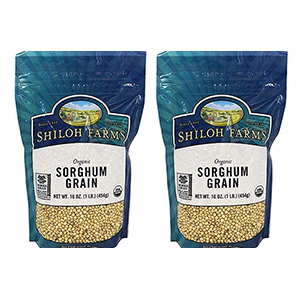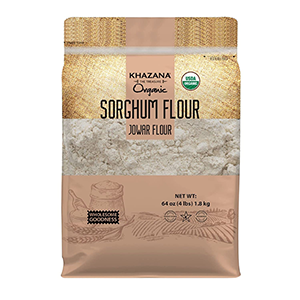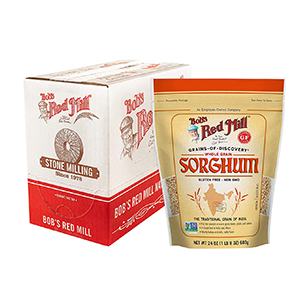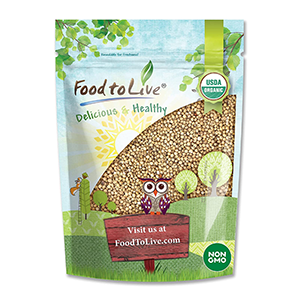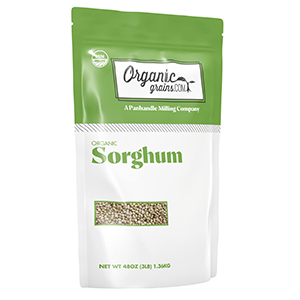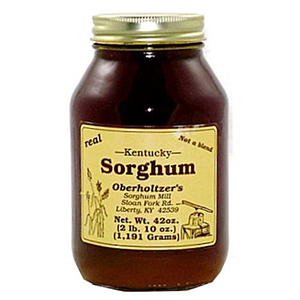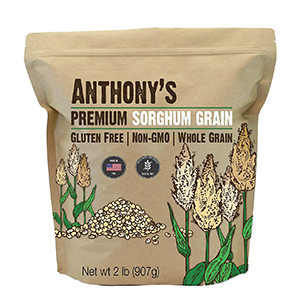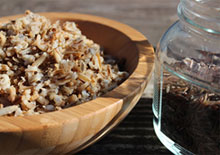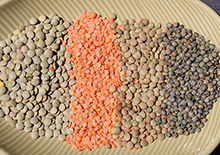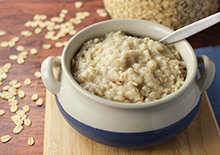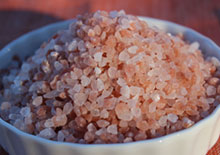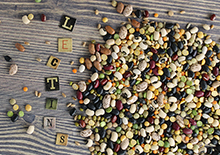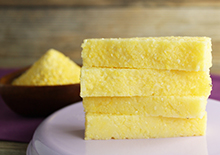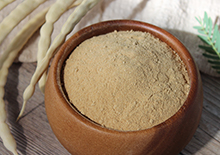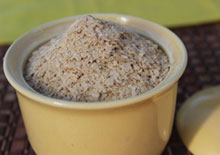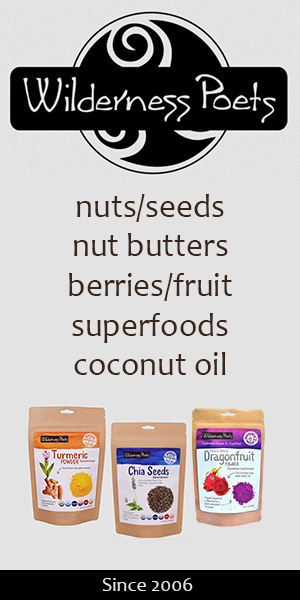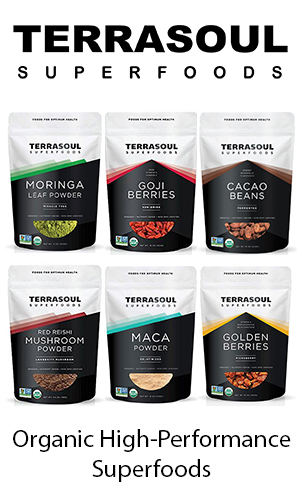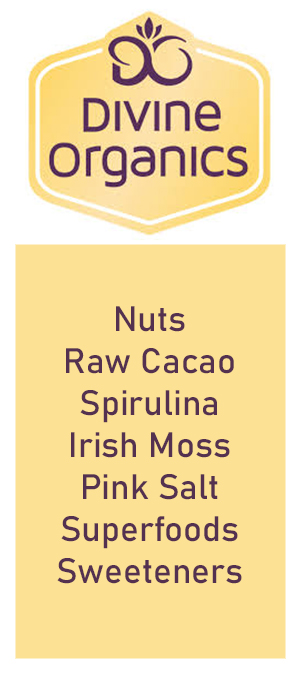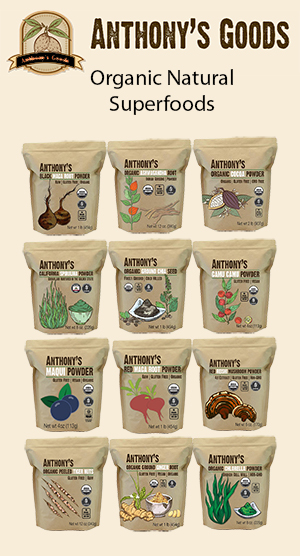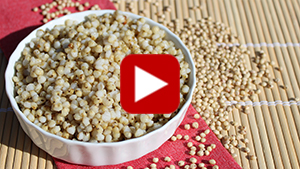- Home
- Plant-Based Cooking
- What is Sorghum
What is Sorghum? 12 Things About This Lesser-Known Grain
What is Sorghum? | Names | What's It Look Like? | Culinary Features | Gluten-Free Option | "Sorghum Belt" | Sorghum Syrup | Longer Cook | How to Cook | Nutrition | Types | Sustainability | Precautions | Shop
1) What is Sorghum?
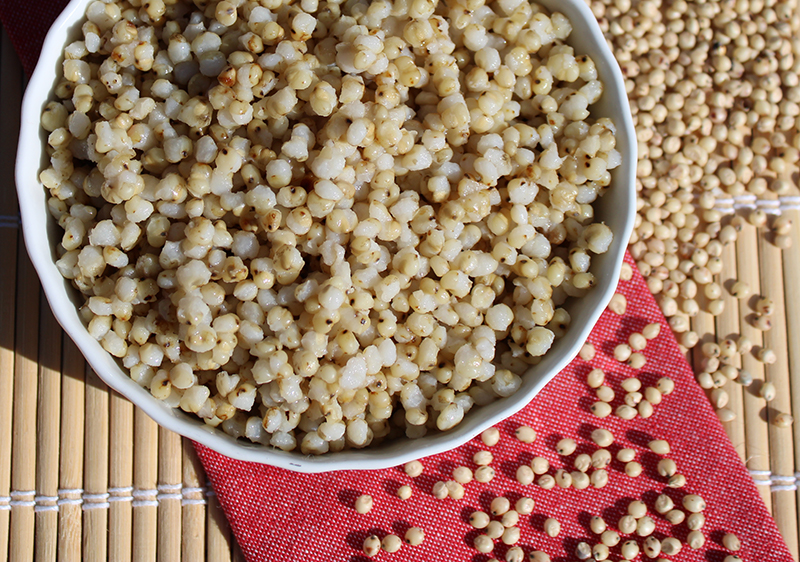
Sorghum is a common multipurpose crop grown for its use as a fodder plant, grain and sweetener. The Sorghum bicolor species is the main one used as a minor cereal in the same grass family as sugarcane, corn, wheat and rice.
Growing tall with corn-like leaves and large seed clusters, the grain has been a long-time staple in countries like Africa and India. While it is fifth on the list of grains consumed worldwide, it interestingly remains relatively unknown in many parts of the globe.
2) Names for Sorghum
Sorghum goes by many names such as milo, jowar, kaoliang, durra or guinea corn, depending on where you live.
3) What Does Sorghum Grain Look Like?
Dry sorghum has a larger millet-like appearance, sometimes referred to as "great millet". About the same size as buckwheat groats, the dry grains look like small rounded balls with a dark speck and are frequently an off-white color.
After its cooked, it produces starchy grains that hold their shape, a characteristic comparable to cooked barley or wheat berry.
4) Sorghum's Culinary Features
Table of Contents
What is Sorghum? | Names | What's It Look Like? | Culinary Features | Gluten-Free Option | "Sorghum Belt" | Sorghum Syrup | Longer Cook | How to Cook | Nutrition | Types | Sustainability | Precautions | Shop
Sorghum bicolor is utilized as both a grain and a flour. Cooked sorghum has a hearty nutty-sweet flavor and a soft yet chewy firm texture. It works well in soups, pilafs, risotto and salads, but can also serve as a side dish with meals.
The fine flour, ground from whole grain, can be used when making roti, porridge, pancakes and of course baked goods.
One rather unique feature is that dry sorghum can be popped like popcorn when heated, producing little mini popcorn kernels that have a popcorn-like taste.
Sorghum is one of our personal favorite grains to sprout for making rejuvelac, a fermented probiotic drink.

5) Gluten-free Grain and Flour
One of the greatest benefits of sorghum is that it is a gluten-free grain. So, for those with an intolerance to wheat, sorghum is yet another variety to add to the list of gluten-free options like quinoa, teff, millet and amaranth.
If you have celiac disease but enjoy baking, sorghum flour is a great one to add to your pantry of gluten-free baking essentials. It's best utilized with other gluten-free flours or used to cut wheat-based flour recipes.
The reason why using 100% sorghum flour is not ideal when baking is because it doesn't rise as well as other flour types. It can, however, be used when making a roux for sauces and gravies.
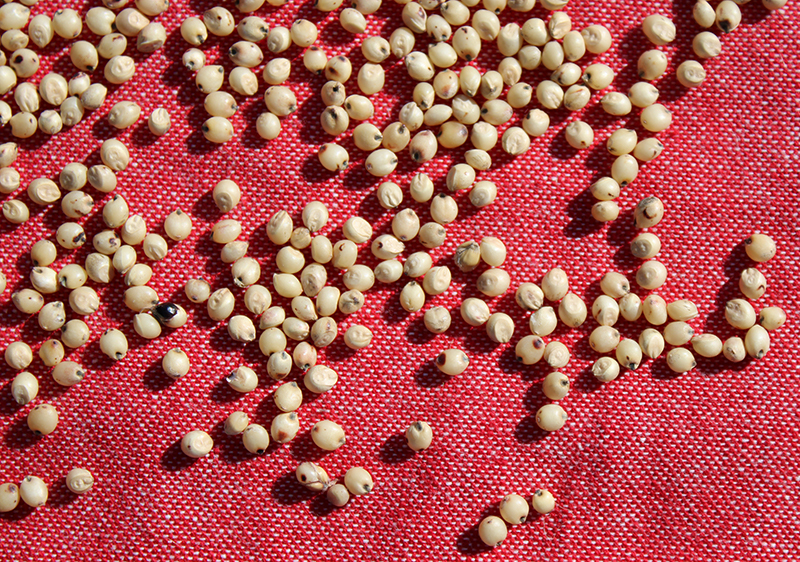
6) Ancient Grain and the "Sorghum Belt"
Sorghum bicolor is an ancient grain variety originally domesticated thousands of years ago in Africa most likely from the wild Sorghum arundinaceum species.
Since this time, it has been a staple food source grown in regions of Africa, especially Egypt, Ethiopia and Sudan where it is utilized as a traditional grain for making flatbreads, porridge and beverages. (*)
Sorghum's popularity made its way to other parts of the world via trade routes and was eventually introduced to the United States, now the world's leading producer.
Sorghum is grown in a region called the "Sorghum Belt" which spans an area from South Dakota to Southern Texas. As of 2022, Kansas and Texas are the top producers in the global market.
7) What is Sorghum Syrup?
Sometimes the sorghum plant is grown for its use as a sweetener. These varieties are called sweet sorghums. Sometimes referred to as "sorghum molasses" because of its similar taste, sorghum syrup is not condensed from the grain itself but from the sugary juice-rich stalks of the plant, much like that of sugarcane.
At one point in history, sorghum syrup was the #1 sweetener of choice in the southern U.S. It was first utilized in the 1860s during the American Civil War when refined sugar was hard to come by. Like molasses or honey, it doesn't require refrigeration.
Sorghum syrup is still a favored southern tradition in the U.S. often used as a condiment with biscuits, pancakes, grits, cornbread and breakfast cereal. It's also employed as a natural sweetener in southern cooking when making desserts and baked goods.
8) Longer Cooking Grain
Unlike other gluten-free grains like buckwheat, quinoa and millet, sorghum is not a short-cooking grain variety but requires about an hour or so of cook time.
When using a stovetop method, many find that sorghum grains cook better when boiled without a lid, rather than steamed like other grains. This is similar to how you would cook pasta for example.
Using an Instant Pot can of course help to speed up the cook time.
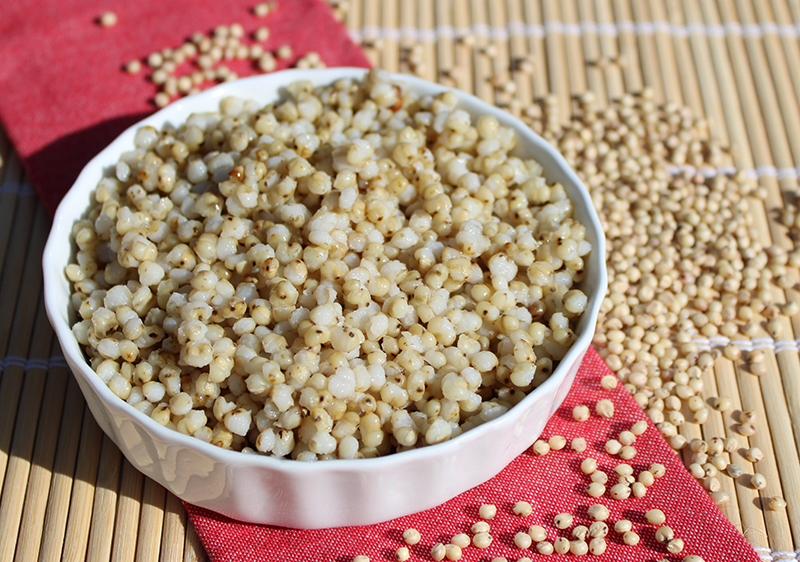
9) How to Cook
While you can successfully steam sorghum using 1:3 grain to water ratio, it can be hard to get it just right.
We have found from personal experience after making it many times, that it is best soaked overnight and then boiled using the recipe below. In our opinion, this helps to produce a soft tender grain quality.
This is how we make it.
- 1C sorghum grain
- 3 Quart pure filtered water
- 1/8t pink salt or sea salt
- Soak overnight, rinse and strain.
- Using a stovetop method, boil water and then add sorghum and salt.
- In a pot without the lid, turn to medium heat setting.
- Cook for about 1 hour or until soft and tender.
- Drain remaining liquid in a colander and serve.
(How to cook other gluten-free grains.)
10) Benefits of Sorghum Nutritional Profile
Considered a whole grain, sorghum is a good source of protein and fiber.
While raw dry grain contains 22 grams of protein per cup, when cooked this same serving size is much less at about 6.6 grams PROTEIN or 13% the Daily Value, based on an adult daily intake of 2,000 calories.
One cup of cooked sorghum contains 219 calories and is about 5 grams of FIBER or 20% the Daily Value.
Sorghum
(One Cup of Cooked - 192g)
Protein - 6.6g, 13%
Carbohydrate - 46g, 15%
Fiber - 5g, 20%
Fat - 2.2g, 3%
Calories - 219, 11%
(Percent Daily Values are based on an adult daily intake of 2,000 calories.)
Nutritionally, sorghum contains a good balance of vitamins and minerals such as magnesium, iron, phosphorus, copper and the B vitamins niacin and B6. Cooked sorghum contains 7.8 mcg of SELENIUM per cup which is the second highest next to amaranth out of all gluten-free types.
Some sorghum varieties are a source of bioactive compounds (*) and contain antioxidants like phenolic acids, flavonoids, and sterols. (Source)
Sorghum grains are one of the highest known food sources of the flavonoid proanthocyanidin. (*)
11) Types of Sorghum
The most common type of sorghum in the Western world is white sorghum, which is actually a cream to tan color. There are many other color types, however, ranging from red to black.
In some research comparing white, red and black varieties, red and black were found to offer greater mineral content than white sorghum.
12) Sustainable Food Crop
Because it’s very easy, high yielding and inexpensive to grow in conducive climates, sorghum is viewed as a potential economically and environmentally sustainable grain alternative for future food-growing systems.
It has great versatility for use as livestock feed, a cereal grain, a sweetener as well as a biofuel resource.
Sorghum has been shown to offer value over corn and sugarcane for ethanol production, an important potential eco-friendly energy source as we move away from petroleum-based pollutants. (*)
Likewise, sorghum's high photosynthetic capacity, adaptability and high yield (*) make it a potentially relevant crop for food security in changing global climates.
Precautions:
It is important for those with gluten sensitivities to purchase sorghum processed in certified gluten-free facilities. Consult your nutritionists or healthcare professional before adding sorghum to the diet if pregnant, nursing, taking prescribed medications or if you have a serious medical condition.
Shop Related Products (About Affiliates & Amazon Associate Paid Links)
Affiliate Disclaimer: This section contains affiliate product links. If you make a purchase through our recommended links, we receive a small commission at no additional cost to you. Thanks for the support.

